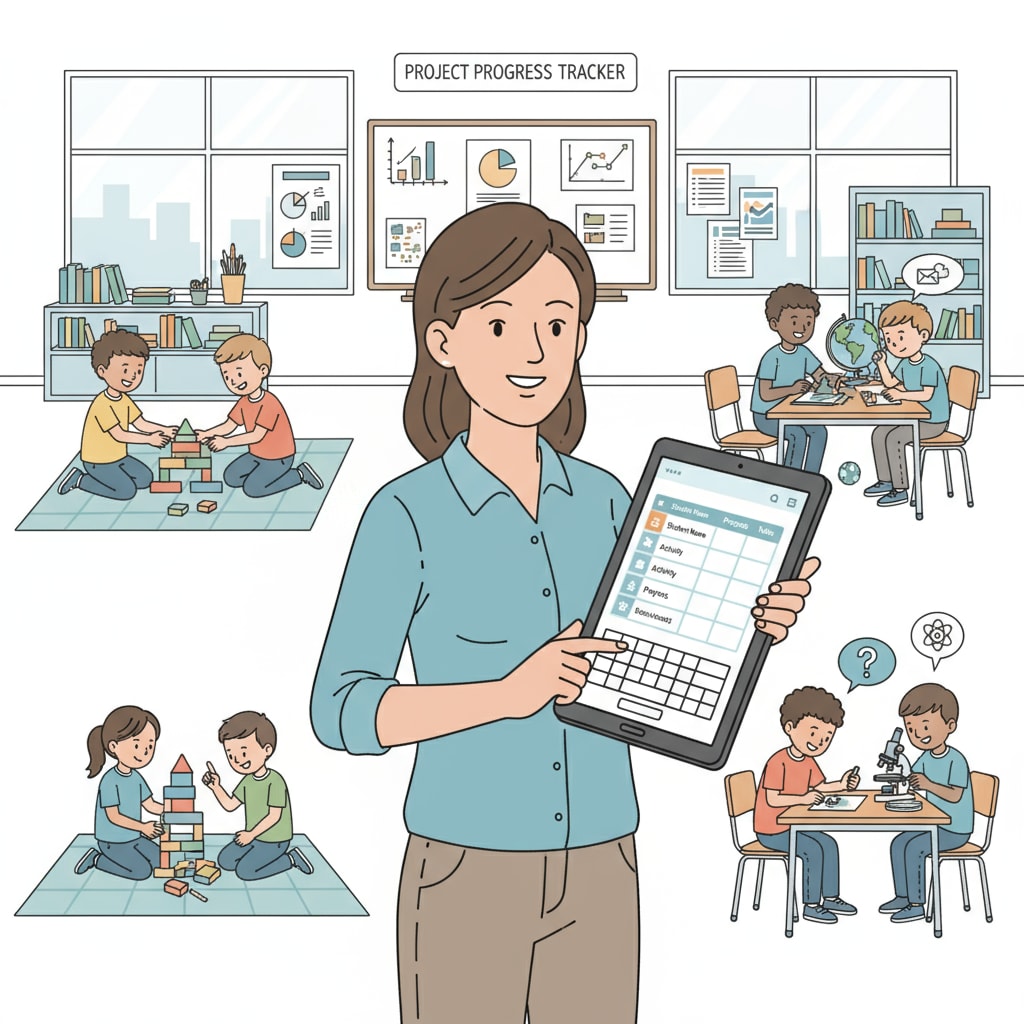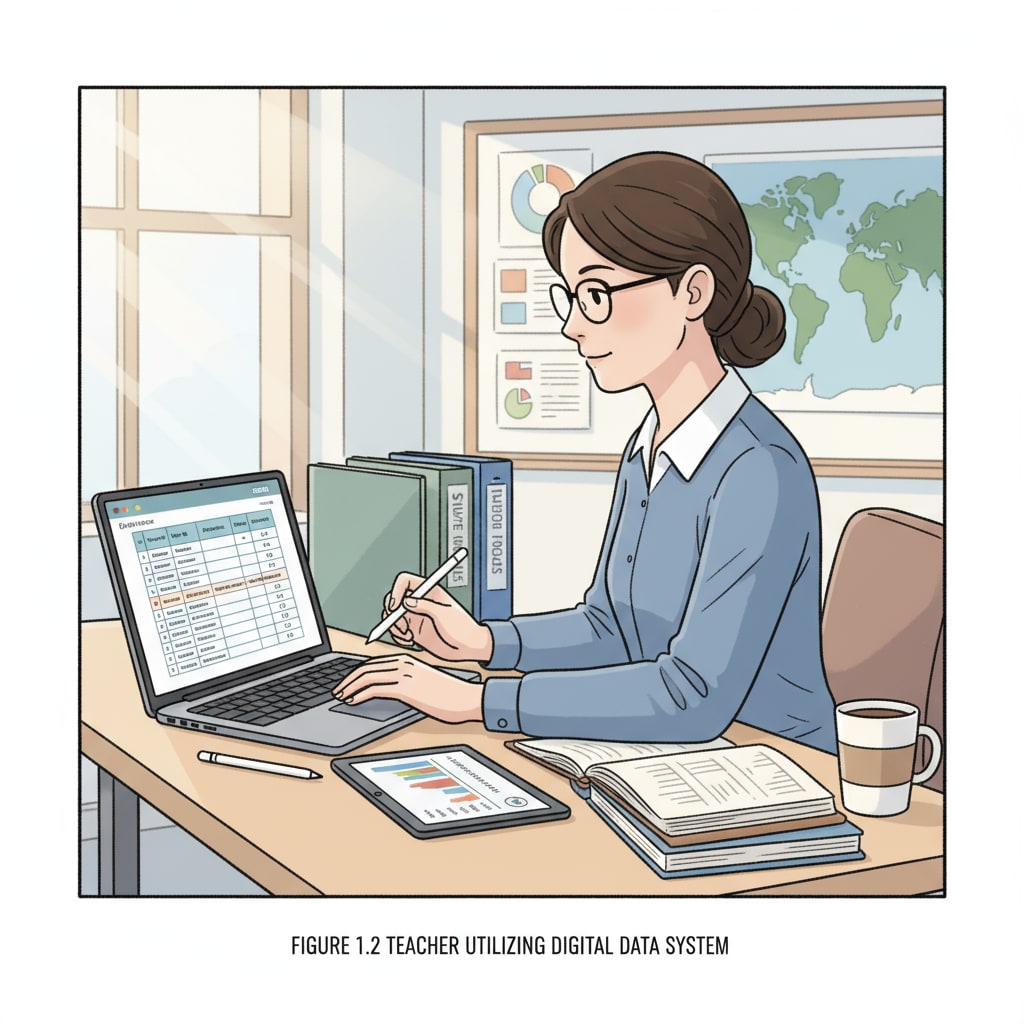In the contemporary K12 education landscape, data documentation, micromanagement, and administrative supervision have become prominent features. These elements significantly influence teachers’ professional autonomy, creating a complex dynamic that educators and administrators must navigate.

As schools strive for accountability and improvement, understanding the balance between these factors is essential.
The Rise of Data Documentation in K12 Education
Data documentation has seen a remarkable increase in K12 education. Schools are now collecting vast amounts of information about students, such as academic performance, attendance, and behavior. This data is intended to inform instruction, identify areas for improvement, and ensure that students receive the support they need. For example, according to Education Week’s coverage on data – driven education, schools use data to personalize learning plans. However, this also means more work for teachers, who are often responsible for gathering, entering, and analyzing this data.

The Pitfalls of Micromanagement
Micromanagement in K12 education can be detrimental. When administrators closely monitor every aspect of teachers’ work, it can stifle creativity and innovation. Teachers may feel like they have no room to make professional decisions. For instance, being required to follow a rigid curriculum without any flexibility. As stated in ASCD’s research on teacher leadership, excessive micromanagement can lead to teacher burnout and a decrease in job satisfaction.
Administrative supervision, when carried out appropriately, can enhance educational quality. It provides a framework for ensuring that teachers are meeting standards and that students are learning effectively. However, it needs to be balanced with trust. A trusting environment allows teachers to take risks and develop their teaching skills. For example, giving teachers the freedom to design unique lesson plans that meet the diverse needs of their students.
Readability guidance: By understanding the impact of data documentation, avoiding micromanagement, and fostering a healthy administrative supervision environment, K12 education can find the right balance. This will not only benefit teachers but also lead to better educational outcomes for students.


